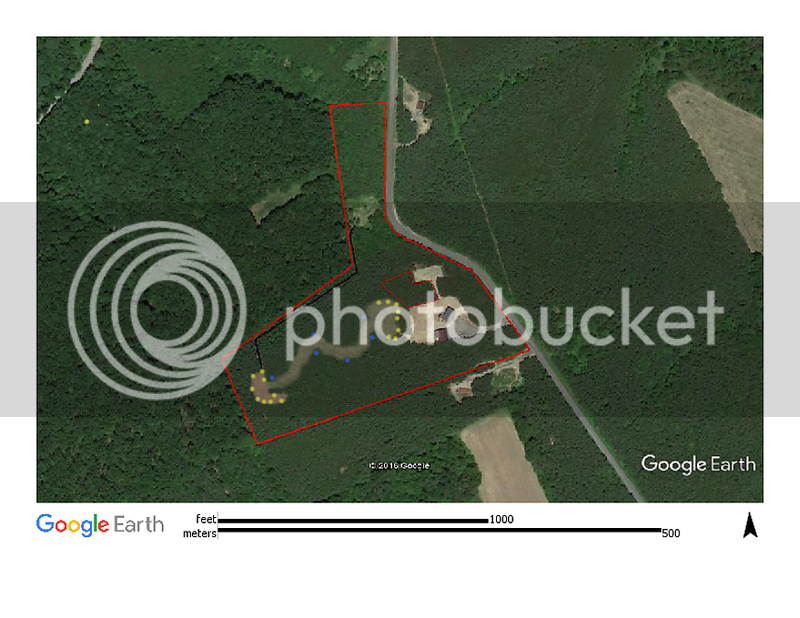nrowles
5 year old buck +
Is anyone aware of this e-book and what are your thoughts? Do you have any other literature suggestions based on my info below? There are a couple pictures of my property at end.
If you are not aware of my other thread created a few days ago requesting input into my plan, I have 13 acres of plantation pine with house built on it with a 2 acre finger of very thick young hardwoods to the north. The pine is pretty mature and has absolutely no undergrowth. I'm glad I made the post on here because now I am taking a new direction. I think I may buy the e-book Extreme Deer Habitat but I'm not sure how effective it will be for my situation. The first half of the book seems it could be informative, especially the Micro Property Design chapter, but many of the following chapters have to do with hinge cutting and the trees that you have on your property. Most of what I can see has to do with hardwoods and I would think the only thing hinge cutting could do for me is cover since hinged pines provide no other benefit.
It is only $20 so I will probably just go and get it, but wanted to check in here first if anybody was aware of another book that may be more beneficial given my situation, most specifically the small acreage.


If you are not aware of my other thread created a few days ago requesting input into my plan, I have 13 acres of plantation pine with house built on it with a 2 acre finger of very thick young hardwoods to the north. The pine is pretty mature and has absolutely no undergrowth. I'm glad I made the post on here because now I am taking a new direction. I think I may buy the e-book Extreme Deer Habitat but I'm not sure how effective it will be for my situation. The first half of the book seems it could be informative, especially the Micro Property Design chapter, but many of the following chapters have to do with hinge cutting and the trees that you have on your property. Most of what I can see has to do with hardwoods and I would think the only thing hinge cutting could do for me is cover since hinged pines provide no other benefit.
It is only $20 so I will probably just go and get it, but wanted to check in here first if anybody was aware of another book that may be more beneficial given my situation, most specifically the small acreage.





